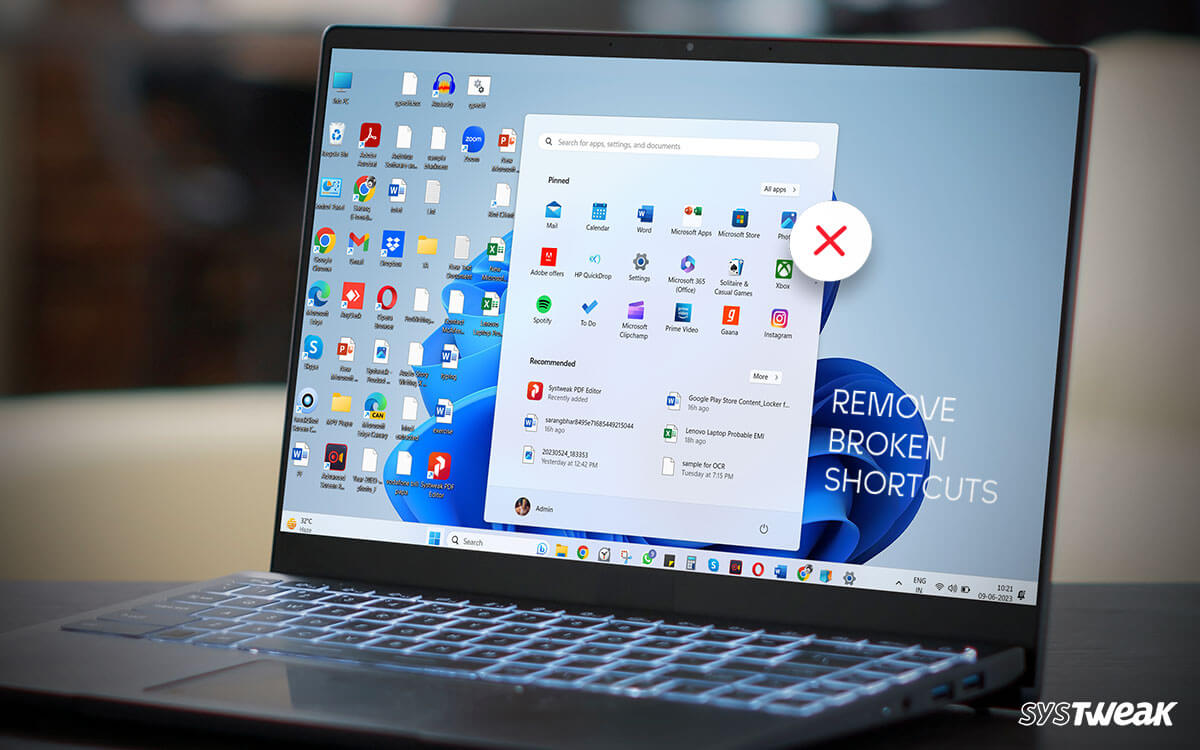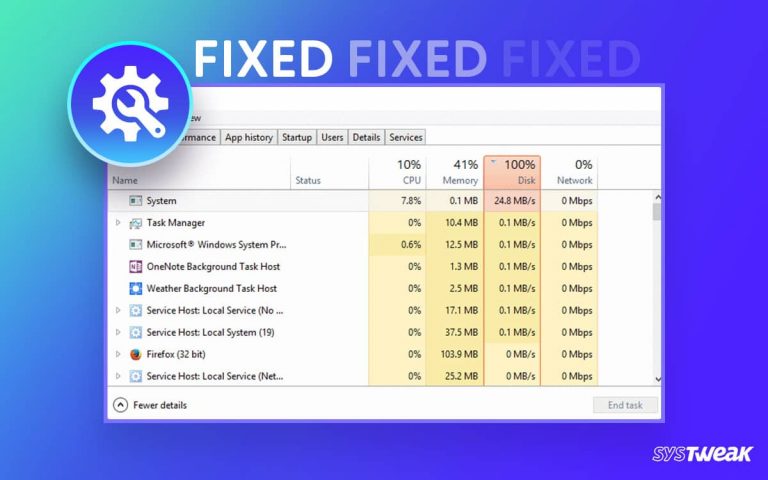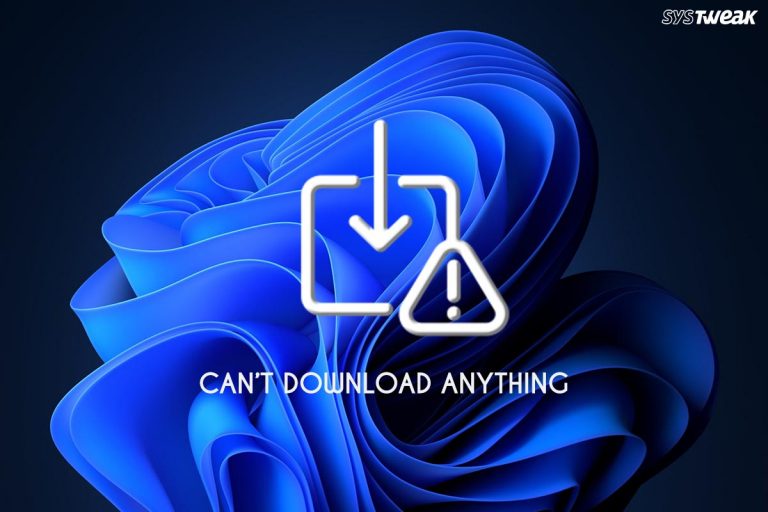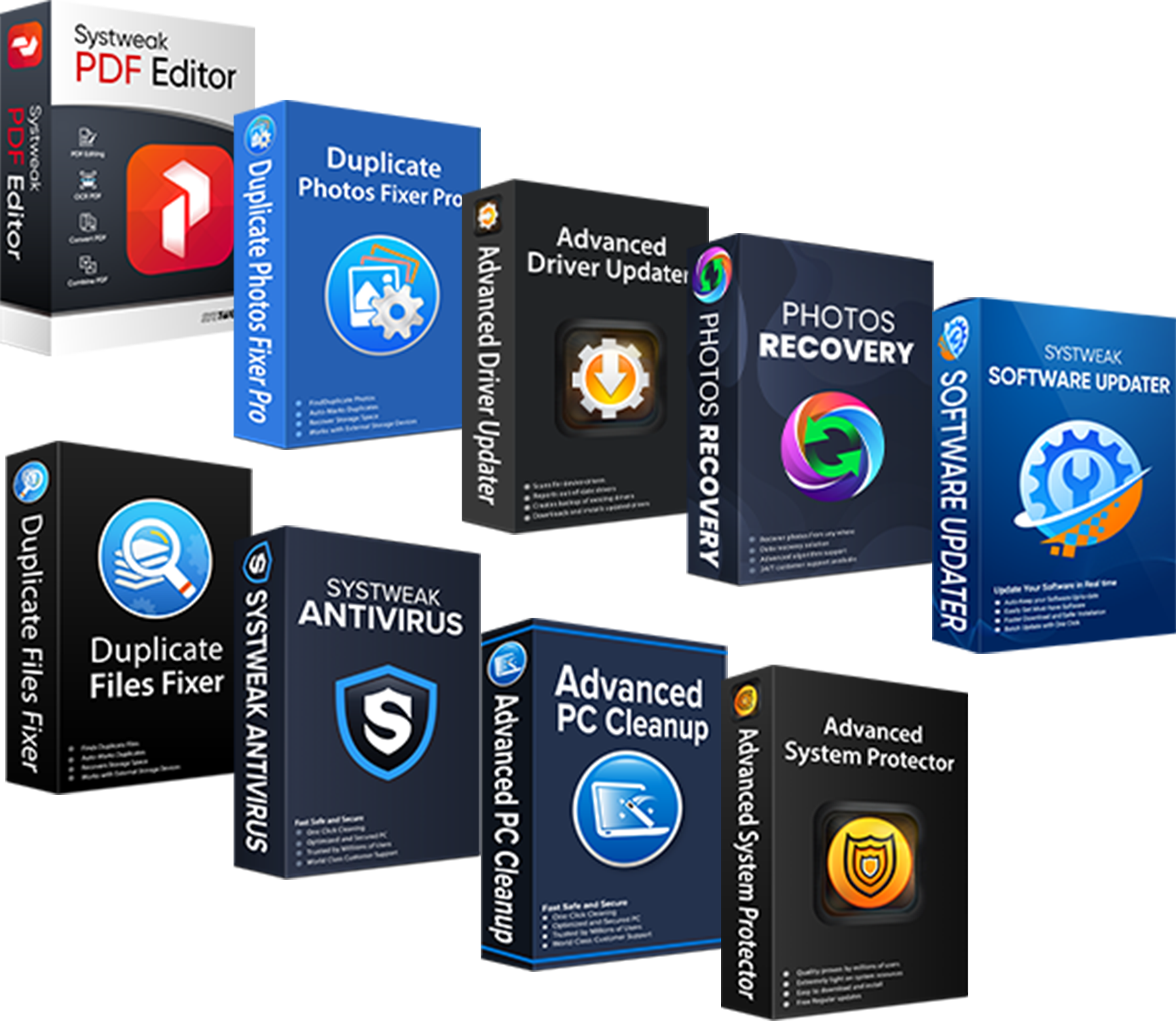When you remove applications from your PC, it leaves a lot of traces on them. Broken shortcuts are the most common. These shortcuts are in the start menu, which practically leads to nowhere. While they appear harmful, these broken links to removed applications often confuse the user, hampering the overall user experience.
50% OFF
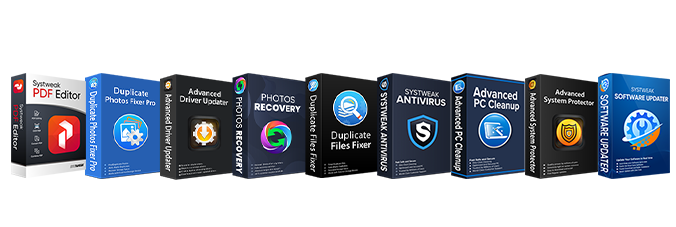
BLACK FRIDAY OFFERS
Unlock Black Friday Mega Savings — Systweak Tools FLAT 50% OFF!
It is OK to manually remove broken shortcuts from the start menu when they are limited. However, things may get tricky when there are many of them. Many users have raised their queries regarding ways to delete empty shortcuts from the Windows start menu.
If you are also looking for the same, this post is for you! Here we will look at some working ways that may help in removing broken shortcuts from the start menu.
Ways to Remove Broken Shortcuts from the Start Menu
Broken shortcuts result from moving original program files and uninstalled and removed applications. These shortcuts can affect the overall performance of your PC, making it slow. The impact of these shortcuts can be analyzed by increased boot time. The more broken shortcuts or removed app traces on a PC, the higher the chances of any user-facing inconvenience while using the system.
Fortunately, a few ways can help you get rid of broken shortcuts from the start menu. These methods are tried and tested by several users and are listed below –
Method #1 – Click on Broken Shortcuts One-By-One
The first and obvious method that comes to mind is removing the shortcuts manually. However, sometimes identifying broken shortcuts just from the looks of it may appear difficult. Hence, the best thing to do is to check those links and remove them individually.
Here’s what you need to do –
Step 1 – Press Windows Key on your keyboard to bring up the start menu.
Step 2 – In the Start menu, click on the icon you believe is a broken link.
Step 3 – As soon as you click, you might get a prompt that says the application corresponding to the shortcut no longer exists. Would you like to remove the shortcut?

Step 4 – Click Yes, and the broken shortcut will instantly be removed.
Step 5 – Repeat the same steps with other shortcuts, and you can remove them all.
While the method works fine, it is less effective due to its manual nature. Check out other fixes below if you are running low on time or have already tried the method.
Read Also: Unable to Delete Folder: Here’s How You Handle Corrupt Undeletable Files!
Method #2 – Clean Temporary Files
Sometimes, when you have removed an application or deleted a file from the origin, the temporary files related to the same keep the shortcut alive. Because of these temp files, the system cannot stay updated with the recent changes. Hence, there are broken shortcuts in the system.
To remove these temporary files, you can follow these steps –
Step 1 – Press Windows + R to bring up the run search.
Step 2 – In the Run, use the command %temp% and hit enter.

Step 3 – The above command will fetch you a folder that contains all the temporary files.
Step 4 – Press Ctrl+A to instantly select all the files and delete them.

Step 5 – Refresh your PC and check if the broken shortcuts still appear.
You can also try restarting the device, as it often refreshes the computer memory and gives these shortcuts a new identity.
Method #3 – Delete Corrupted Thumbs.db File
Thumbs.db files are database files that hold the thumbnail as well as the shortcut information of any application. When they get corrupted for any reason, they cause issues related to broken shortcuts in the start menu These files are spread across the hard disk on a Windows PC. Hence, it is difficult to find and delete them. There are multiple tools available to remove these files in batches. However, not everyone can afford it as they are super expensive.
To find and delete these files on your PC without any third-party software, follow these steps –
Step 1 – Open Windows Explorer from the taskbar.
Step 2 – Go to the search option o the top right corner of the opened window
Step 3 – Search for thumbs.db and wait till the search is processed.

Step 4 – You may find multiple Thumbs. db files from various folders.
Step 5 – Check the file source and remove the files from application folders that you have already removed.
This file removal will help you simplify all the shortcuts on your PC, removing unavailable shortcut icons.
Read Also: Best Ways to Fix File Explorer is Slow in Windows 11
Method #4 – Use Advanced System Optimizer to Remove Junk
All the methods discussed till now are manual. This means a user must pay a lot of attention and spend ample time to eliminate the unnecessary shortcuts observed in the start menu. What if we told you this is also an automated way?
Advanced System Optimizer is a system cleaner and optimization application that allows you to scan for anomalies. To make it work, all you have to do is –
Step 1 – Go to the download link below and install Advanced System Optimizer.
Step 2 – As soon as the tool opens, click on Smart PC Care to initiate the process.

Step 3 – In the Smart PC Care, a scan is run for issues, including broken shortcuts and unnecessary files.

Step 4 – Let the scan finish.
Step 5 – Restart the PC after the scan to remove the issues.
These 4 methods can help you achieve the best results in no time. It is just a matter of minutes before you can remove broken shortcuts from the start menu. However, if you want to ensure that they do not appear again, method 4 is the best option you have,
The tool not only removes unnecessary files and broken links but also takes care of the system’s overall performance. With the help of regular PC optimization, you can eliminate all the major and minor issues with just a quick scan.
Broken Shortcuts Might Lead You Nowhere, But These Methods Will!
Knowing that there is an issue that may bother the PC’s overall performance, you must take action and remove broken shortcuts. All the methods above can assist you in doing so. Try them out and let us know which one did you find the best possible solution. If you ask us for a recommendation, we firmly believe that opting for Advanced System Optimizer is convenient and effective in the long run.
With that being said, we have reached the end of this post. We hope you find the methods shared helpful. Thanks for reading it here.
Good Luck!
Recommended :
How to Fix Windows 11 High Disk Usage
Fixed: Local Security Authority Protection Off – Your Device May Be Vulnerable
